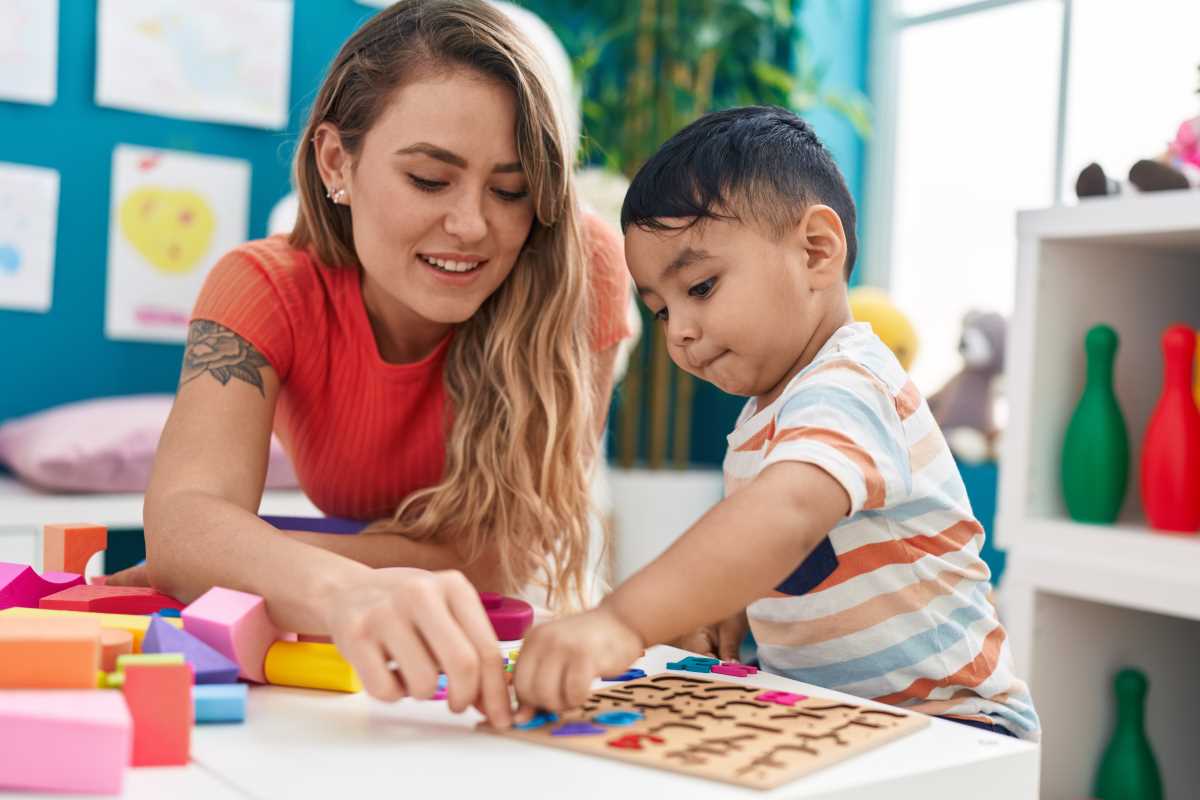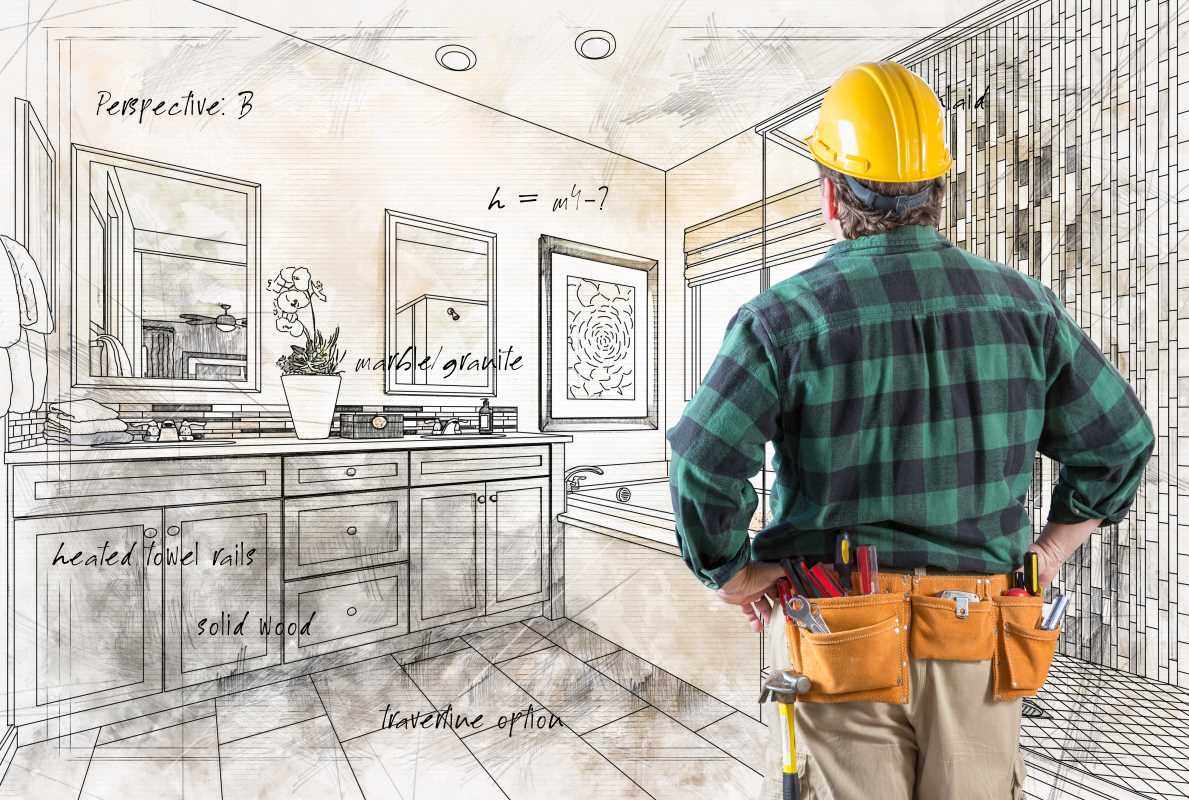Every child deserves a home where they feel safe, comfortable, and understood. For children with sensory sensitivities, creating a calming environment is more than just decorating a space - it's about crafting a sanctuary that supports their unique sensory needs. Sensory sensitivities can make certain lights, sounds, or textures overwhelming, leading to discomfort or even meltdowns. On the flip side, a well-thought-out sensory-friendly environment can promote relaxation, emotional regulation, and focus.
Whether your child struggles with loud noises, bright lights, or unfamiliar textures, there are plenty of ways you can adapt your home to help them thrive. This guide will walk you through practical tips for creating a calming environment that meets your child's sensory needs, focusing on lighting, textures, sound, and organization.
Adjust Lighting for Comfort
Lighting plays a big role in how a space feels. Bright, harsh lights can be overstimulating for kids with sensitivities, while softer lighting can help create a sense of calm.
Opt for Dimmable Lighting
Dimmable lights allow you to control the brightness in a room, making it easy to adjust based on your child's mood and needs. If your current lighting setup doesn’t support dimming, consider using lamps with adjustable brightness settings.
Use Natural Light Wisely
Natural light can be calming when used right. Large windows with sheer curtains can diffuse sunlight to make it softer and more pleasant. Avoid placing your child in direct sunlight, as it can feel overwhelming.
Introduce Specialty Lighting
Replacing standard bulbs with sensory-friendly options can make a noticeable difference:
- Warm lighting: Choose bulbs that emit a soft yellow or warm white glow instead of harsh, blue-toned lights.
- String lights or fairy lights: These can add a soothing ambiance and double as subtle, decorative accents.
- Nightlights: Soft nightlights help create a comforting glow for children who may feel anxious in complete darkness.
Choose Textures Carefully
Textures are a huge sensory trigger, especially for kids who are sensitive to touch. Incorporating the right kinds of materials into your home can make everyday interactions with their environment more enjoyable.
Create a Cozy Sensory Area
Set up a specific calming corner or sensory nook filled with soft, comforting textures where your child can unwind. Include items like:
- Plush blankets, bean bags, or pillows
- Weighted lap pads or blankets with gentle pressure for grounding
- A sensory mat or rug with a soft, inviting surface
Pay Attention to Furniture Materials
When buying furniture, choose fabrics your child finds soothing. For instance, soft microfiber or velvety upholstery works well for children who dislike rough textures. Avoid scratchy materials or patterns with overwhelming textures.
Incorporate Sensory Tools
Consider adding sensory-friendly items to the space, such as textured fidget toys or squishy stress balls. If your child enjoys exploring different textures, you could even create a sensory board with various materials for them to touch and engage with.
Create a Quiet Space Free From Distractions
Sound can often be a source of stress for kids with sensory sensitivities. Creating a quieter, more controlled sound environment will help minimize overstimulation.
Block External Noise
Outside noises like traffic, barking dogs, or loud neighbors can be distressing. To reduce external noise:
- Add thick curtains or soundproofing panels to windows.
- Place rugs or carpet in rooms to absorb sound and reduce echoing.
- Consider sealing gaps in doors with draft stoppers to muffle outside noise.
Introduce Calming Sounds
Some sounds, like white noise or gentle music, can help drown out disruptive noises and provide a calming effect. Try incorporating:
- White noise machines or fans for a soothing, constant background sound.
- Relaxing playlists featuring nature sounds (like rain, ocean waves, or birdsong) to create a peaceful atmosphere.
Avoid Sudden or Harsh Noises
Keep loud, sudden sounds to a minimum. For example, try using soft-close cabinets and drawers in the kitchen or felt pads under chair legs to prevent noisy scraping. If your home appliances are loud, look for quieter alternatives when it’s time to replace them.
Stay Neat and Organized
An overly cluttered, disorganized space can feel overwhelming, especially for children with sensory sensitivities. Creating an orderly environment helps reduce background stress and makes it easier for them to focus on calming activities.
Declutter Regularly
- Sort through toys, books, and other items to reduce visual clutter. Store excess items in bins or cabinets to keep them out of sight when not in use.
- Rotating toys every few weeks can keep the space feeling fresh without overwhelming your child with too many options.
Use Storage Solutions
Well-labeled storage bins and containers make it easier to maintain a tidy space. Try to color-code or label bins with pictures if your child responds better to visual cues. Open shelving with baskets can create a clean, neat look while keeping items accessible.
Create Dedicated Zones
Break the room into different zones to give the area structure. For example:
- A reading corner with a cozy chair and a small bookshelf.
- A sensory play zone with interactive toys and fidget tools.
- A quiet relaxation area with their favorite blanket and a few calming objects.
Add Personal Touches
Lastly, remember that your child’s calming environment should reflect their unique personality and preferences. A personalized space helps them feel comfortable and secure.
Display Familiar Items
Include comforting and familiar objects in the space, like family photos, favorite stuffed animals, or decorated artwork your child created. This adds a sense of safety and belonging.
Make It Their Space
Allow your child to provide input when designing the space. For instance, they might have a favorite color they’d like featured or specific items they’d like to include. Working together creates a space they’ll feel proud of.
Introduce Interactive Elements
For kids who benefit from movement, include items like rocking chairs or sensory swings to help them regulate their focus and energy in a calm way.
 (Image via
(Image via





